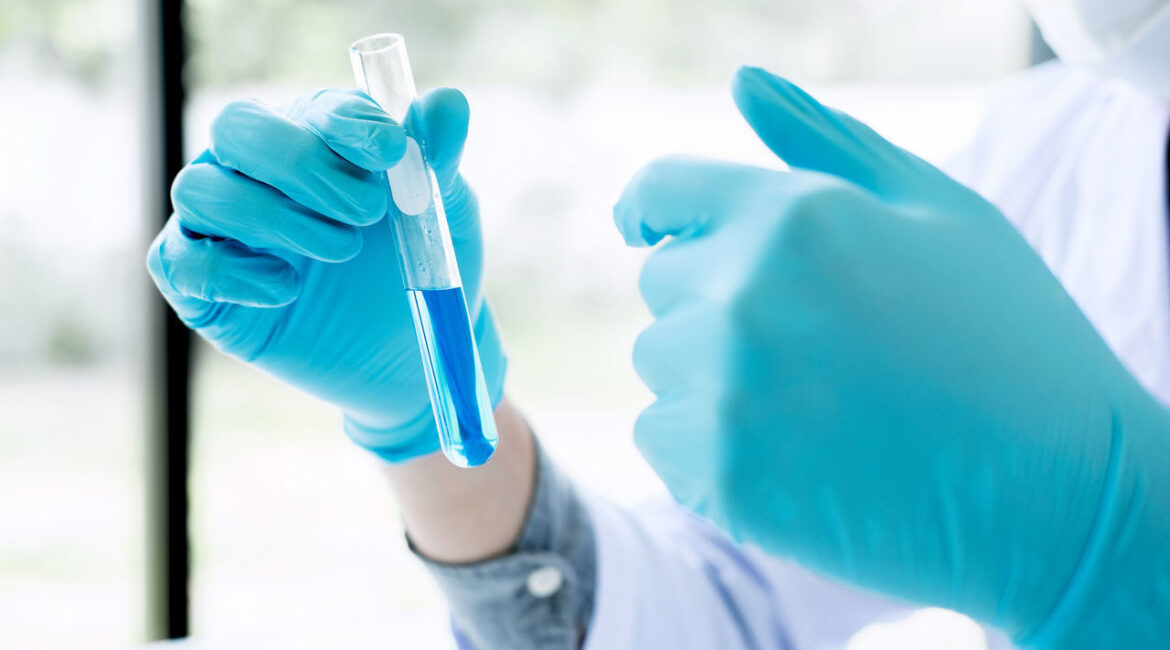There are loads of different types of laboratory gloves available for various purposes. Let’s dive in and understand what the usage of each of the glove in any laboratory is.
1. Latex Gloves
Latex gloves are generally go-to gloves. You can use them for regular lab work, such as handling chemicals like Ethylene Glycol and Potassium Hydroxide. Latex gloves are commonly used as they are hard to puncture and easily disposable. With latex gloves, you can ensure base-level safety in a lab. Buy a laboratory glove box full of latex gloves; you will need it.
2. Heat Resistant Gloves
Laboratory gloves used when dealing with high temperatures. Heat resistant gloves must be on top of your list. There are many types of heat resistant gloves available in the market. Many of these heat resistant gloves will be efficient up to 350 degrees Celsius and will last for a long time. They are also compatible with oven work or high-temperature materials.
Chemical Resistant Gloves
When working in any lab, of course, you deal with chemicals on a daily basis. Someone who might be handling extremely harsh chemicals, you must invest your time and money to choose the perfect type of chemical resistant gloves. These gloves come in various types and can work with a variety of chemicals. While latex gloves can offer protection against somewhat softer chemicals, you definitely need chemical resistant gloves for the safety measures—especially when dealing with harsh chemicals such as petrol and Freon 11 (Trichlorofluoromethane).
There are both reusable and disposable chemical gloves available in the market, depending on your needs.
Latex-Free Gloves
These laboratory gloves are designed as a replacement for traditional latex gloves when they are not suitable for specific tasks. More people are developing latex allergies, and people are opting for other options and finding new materials for safety gloves. The continual of latex glove can cause a significant increase in latex allergy.
The latex-free gloves are made up of nitrile or vinyl or a combination of both. Along with having no allergic reactions, nitrile tends to be more puncture resistant and has a longer life when compared to latex gloves.
Powder-Free Gloves
Many safety gloves come with a powdered interior. The purpose behind it to absorb the moisture and ensure that it is to put on and take off. However, when working in a lab under some circumstances, the powder can cause serious risk of contaminating samples. Powder-free gloves to your rescue. These laboratory gloves come in handy when you are in an environment dealing with sensitive chemicals or chemicals that can be contaminated due to the powder found in gloves.
In The End
There are various laboratory gloves that can be used on multiple occasions. Understand your lab needs and which type of gloves would be best suitable for your laboratory. We hope it had cleared any confusion or questions in your head regarding laboratory gloves and their usage.

